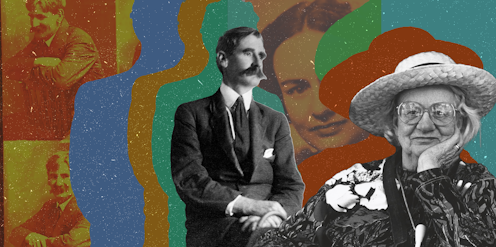
Most of us know Henry Lawson and Judith Wright are icons of Australian literature. But it’s less well known that they were both disabled.
Lawson began to lose his hearing when he was nine. Wright started to lose hers in her early twenties. Neither identified as culturally Deaf, but both named deafness as a significant influence on how and why they wrote.
Lawson said deafness was “in a great measure responsible for my writing”. Wright said her deafness “really reached into all the interstices of my life, it’s been part of the conditions I live under”.
However, their deafness is rarely acknowledged in discussions of their work.
On AustLit, the Australian literature database, only ten of the 788 items on Lawson mention his deafness. And only 4 of the 595 items on Wright refer to hers.
If we recognise rather than ignore the influence of their deafness, its creative possibilities become obvious. We develop a more accurate picture of these writers – and of Australian literature.
Henry Lawson: deafness inherent to his writing
Henry Lawson was born in 1867 in Grenfell, New South Wales. The hearing loss that began when he was nine continued until he was 14.
It is difficult to precisely describe his level of deafness from then on, but he needed anyone speaking to him to be close by and to face him. Of attending plays, he wrote:
I say [I] “see” [them] because I never heard a play throughout and had to enquire before-hand – or after – and read the notices, or guess the plot and dialogue.
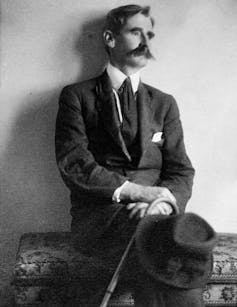
Hearing aids were not generally available and few accommodations were made for deaf people. This meant Lawson was frequently disadvantaged. He attempted university matriculation twice, but failed because he could not hear the dictation test. Yet, from the age of 13 he was determined to be a writer, and his first poems were published in the Bulletin when he was 20.
His deafness remained a key influence on his content and style throughout his 35-year writing career. He wrote about his own deafness in essays such as A Fragment of Autobiography, and poems such as The Soul of a Poet.
Deaf characters featured in his short stories and he wrote about them differently. Hearing people often make deafness a constant focus when they write deaf characters – but in his stories, he would often only mention a character’s deafness once. He wrote deafness from the inside.
Deafness was also part of his writing style. He very rarely included descriptions of sound in his writing, even at dramatically loud moments. Instead, he wrote intricate visual detail.
His account of the explosion in his short story The Loaded Dog reads:
Bushmen say that that kitchen jumped off its piles and on again. When the smoke and dust cleared away, the remains of the nasty yellow dog were lying against the paling fence of the yard looking as if he had been kicked into a fire by a horse and afterwards rolled in the dust under a barrow, and finally thrown against the fence from a distance.
Lawson had a particular interest in how visual information influenced communication. As a deaf person, he was always keenly alert to any visual signs that might help him decipher the words he struggled to hear. He experimented with this dynamic in his writing.
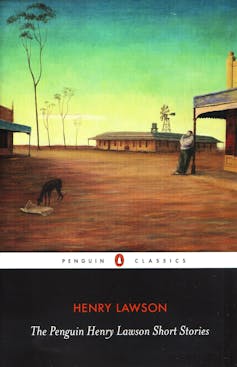
In his story The Union Buries its Dead, about a town that holds a funeral for an unknown man, the reader understands more about the people involved and their relationships through what they do with their hats than the words they speak. Hungerford is mostly spoken words: it makes the same point in a different way. The absence of visual information means the reader cannot determine who is telling the truth.
As the number of people involved in communication increases in Lawson’s short stories, stability decreases. This is true to his experience as a deaf person. When a story has only two or three characters, the atmosphere stays calm and events proceed predictably. Even in a story such as Hungerford, where it is unclear who is lying and who is telling the truth, calm continues.
However, in Bill, the Ventriloquial Rooster, where a whole neighbourhood is drawn into one man’s determination to see his neighbour’s rooster defeated in a fight, events become chaotic and unpredictable – because four or more characters are involved.
Read more: Inside the story: 99 versions of the same tale in The Drover's Wives
Judith Wright’s deafness: ‘creatively generative’
Judith Wright was born in Armidale, NSW, in 1915. She began to lose her hearing at age 22. Three years later, she was diagnosed with otosclerosis, a form of atypical bone growth within the middle ear that causes progressive hearing loss. Her deafness meant she was denied entry into the women’s forces during World War II.
Instead, she found a role as a statistician at the University of Queensland. When the servicemen returned and her role became insecure, she made a critical decision, one directly informed by her deafness. She writes in her autobiography, Half a Lifetime:
I could no longer hope to earn a living by doing anything in the commercial or academic world. My deafness would increase and the hostility to women holding well-paid jobs would do also. I could perhaps hope to live by writing.
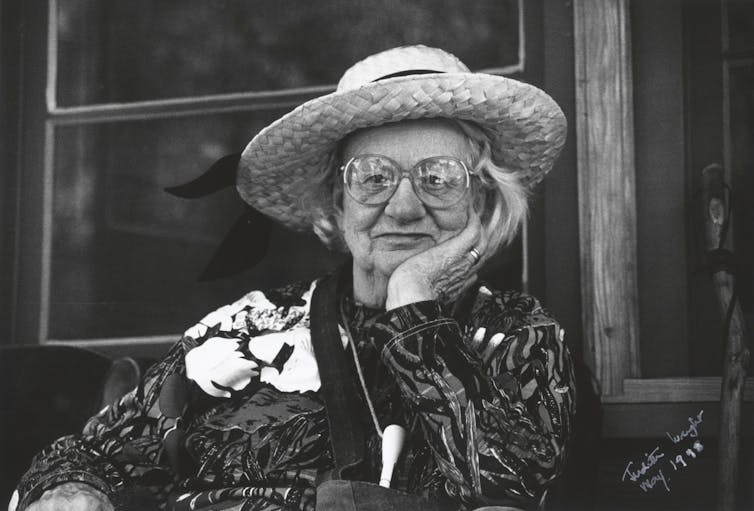
Wright retained the memory of sound. Until she became completely deaf in her last decade, she was able to hear with a hearing aid (though these were initially bulky and socially embarrassing contraptions). Lip-reading and communicating remained exhausting, however.
Walks with her husband, Jack McKinney, meant Jack running ahead and walking backwards so she could lip-read him. The fatigue and fragility of communication is revealed through prominent themes in Wright’s poetry: the prevalence of silence, her representations of the limits of language, and her careful attention to the nonhuman world, particularly birds.
Without deafness, too, we would not have Wright’s prolific correspondence: as she could not hear on the telephone, she turned to letter writing. She conducted an epistolary friendship with fellow artist Barbara Blackman (who was blind) for 50 years. Deafness, far from being a drawback in Wright’s life, was a creatively generative and generous condition.
Her letters are captured in volumes such as The Equal Heart and Mind (2004), With Love and Fury (2006), and Portrait of a Friendship (2007).
Read more: Friday essay: Judith Wright in a new light
Ignoring disability has consequences
Deafness inherently shaped Wright and Lawson’s writing. It impacted their style and content, and inspired some of their most well-known poems and stories. Omitting deafness from their biographies, or referring to deafness as an insignificant detail, presents an incomplete and misleading picture.
Too often, Wright and Lawson are represented as two more non-disabled authors. This contributes to the tradition of Australian literature as being overwhelmingly non-disabled.
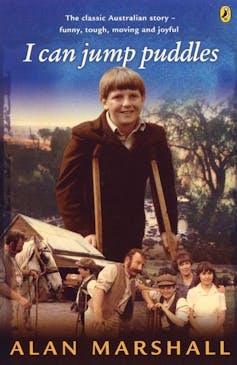
And often the exceptions, like I Can Jump Puddles (1955) by Alan Marshall, who was partially paralysed as a result of childhood polio, are interpreted as narratives of overcoming disability – rather than the narrative of disability pride that they are.
This creates the impression writing is something disabled people can’t do.
Non-disabled readers – particularly young readers – absorb this false understanding. When they grow up to be publishers, teachers, librarians, editors, and booksellers, they unthinkingly pass this message on to the next generation by continuing to omit disability from Australian writing.
Some might say things are getting better, pointing to works such as the recent anthology, Growing Up Disabled in Australia, edited by disabled writer Carly Findlay. But Growing Up Disabled, welcome as it is, is more about featuring disabled people than disabled writers. While there is nothing wrong with this, the contributions don’t represent the experience of being a disabled writer.
The consequences of erasing disability from Australian literature are worse for disabled readers and writers. We are deprived of our history and lineage.
Many disabled Australians grow up having never read a book by an Australian with the same impairment as our own. We can read books featuring characters with our particular impairment, but they are usually written by non-disabled writers who often have nothing in common with our experience of the world.
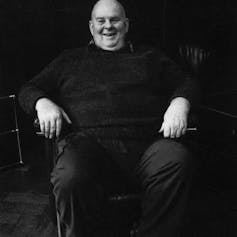
And when we do read books by disabled writers, we often don’t know it. Like Lawson and Wright, renowned Australian poet Les Murray acknowledged his disability (autism) for decades before his death, starting in 1974. But it’s rarely acknowledged, even now.
From this, we learn that there is nobody like us. We are cast adrift, without role models. Aspiring disabled writers have to continually reinvent the wheel when we write about our particular experience of the world. We then have to convince a world used to reading inauthentic representations of our experience that our real stories are important.
But disabled authors have always been part of Australian culture. When we understand impairment as a complex condition rather than simply a deficit, we realise disability engenders creativity.
The authors do not work for, consult, own shares in or receive funding from any company or organisation that would benefit from this article, and have disclosed no relevant affiliations beyond their academic appointment.
This article was originally published on The Conversation. Read the original article.







